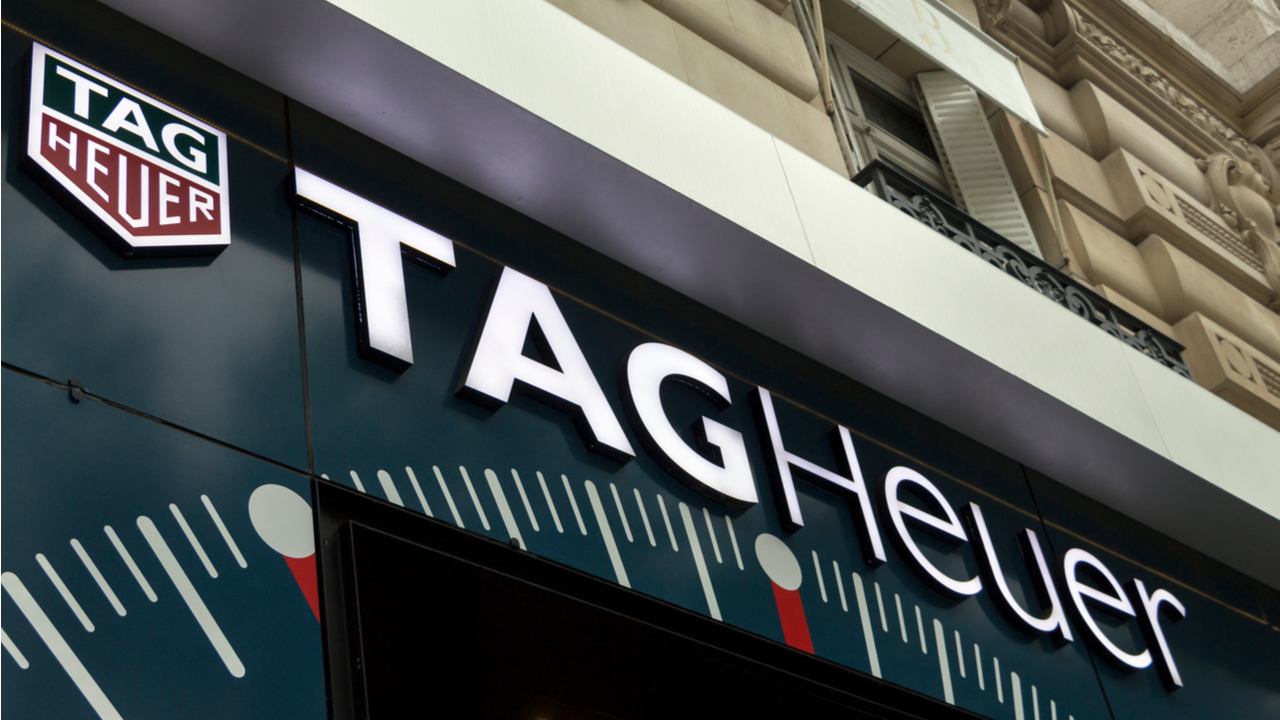
The partnership with the "super app enabler" will allow users to pay for taxi services and food deliveries with crypto using Binance Pay.
The world’s largest cryptocurrency exchange, Binance has partnered with Splyt, a “super app enabler,” to bring payment options to the Binance application. Payment options made for Splyt services include cryptocurrency.
When live, the integration will allow Binance users to pay for ridehailing services, but “also bikesharing, scooters, airport transfers, public transport and even food delivery,” a Splyt spokesperson told Cointelegraph.
As per usual, CZ, Binance’s CEO helped to break the news on Twitter:
Book your ride with #Binance, and pay in crypto (no need to convert to fiat).https://t.co/ueGYyy6XVm
— CZ Binance (@cz_binance) June 14, 2022
The news comes as some relief to Binance, which suffered issues related to “stuck transactions” when withdrawing Bitcoin (BTC) on Monday. The problem was resolved eight hours later.
A Splyt spokesperson told Cointelegraph that it would be the "first partnership in the cryptocurrency space" and faced with perilous price action with Bitcoin sub $25,000, "Splyt is enthusiastic about its development."
“Increasingly, users are turning to their crypto wallets to pay for everyday services. [...] Fully integrating everyday services as an obvious next step for crypto wallets.”
For Binance, it's no secret they're keen to get a foothold in the crypto payments space. For CZ, payments and app integrations are meant to up the omnipresent Binance brand awareness. Since the world has gradually reopened following the depths of the Covid-19 pandemic, CZ has undertaken a world tour, pitching crypto and Binance Pay to countries and investors all around the world.
Related: Binance Australia CEO: Regulations will establish higher standards in crypto
The report says that Binance is already used by 90 million users in over 150 countries worldwide. For Splyt, the partnership opens the door to a broad customer base:
“The other perspective is equally important: mobility and other on-demand services can dramatically increase acceptance and transaction volumes, by being available through crypto platforms, who together have hundreds of millions of users.”
Critically, as companies such as BlockFi, Gemini and most recently Coinbase report staff reductions, the news is further evidence that Binance is doubling down into the bear market. Another feather to its cap, Binance continues to expand operations and roll out capital expenditure.


















